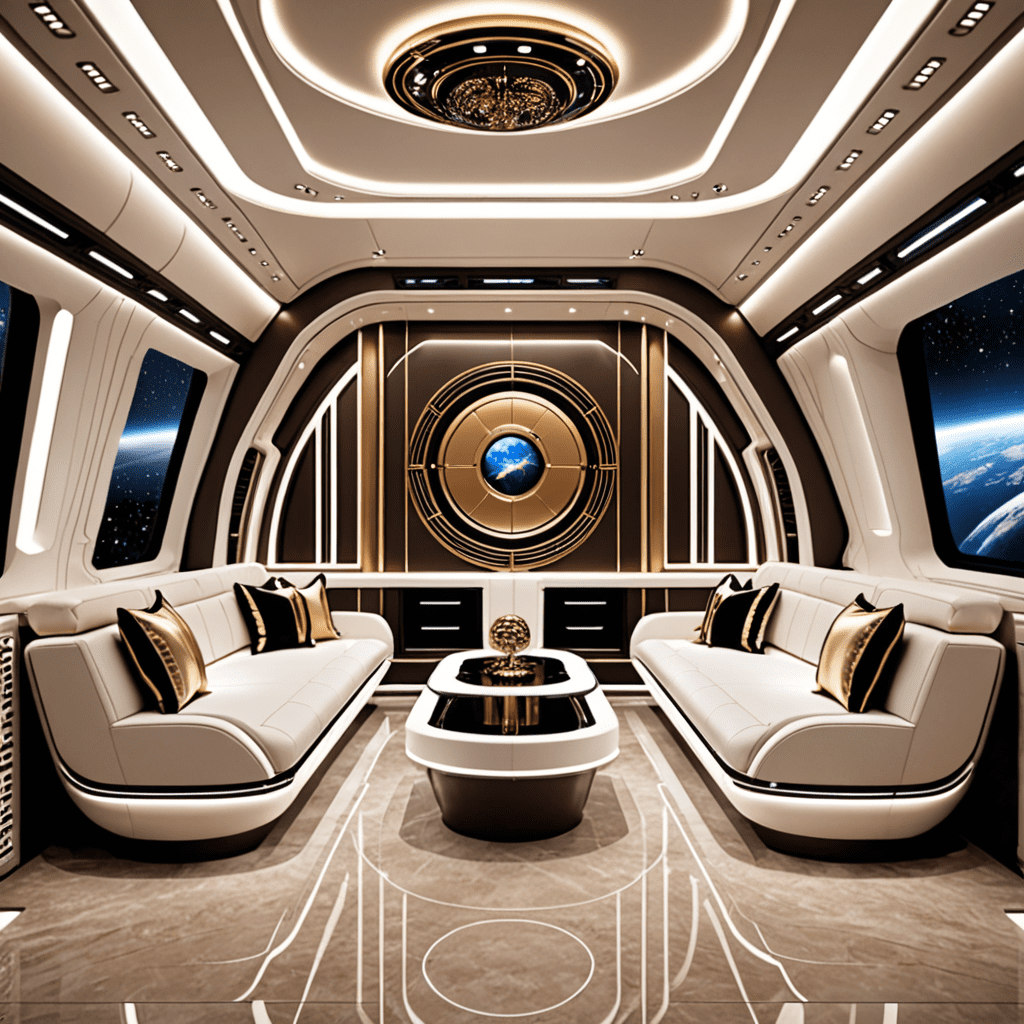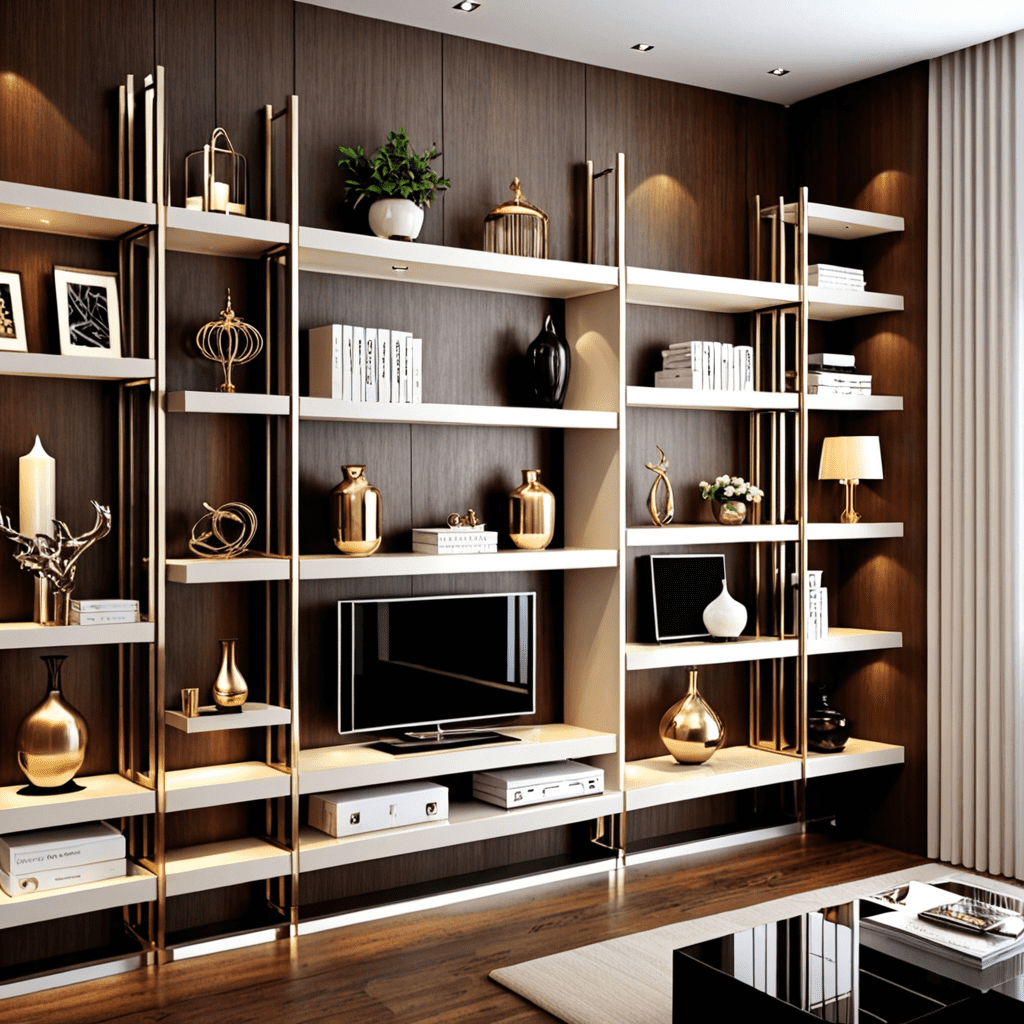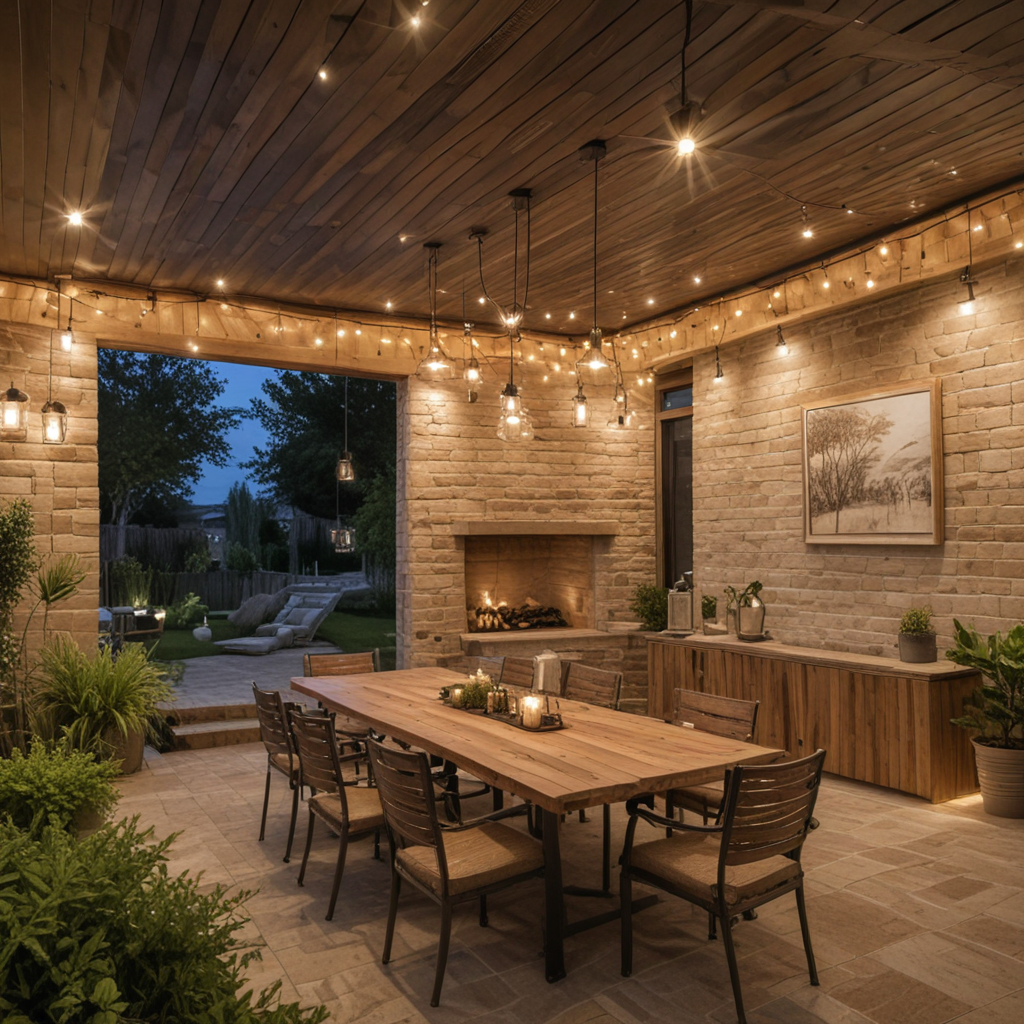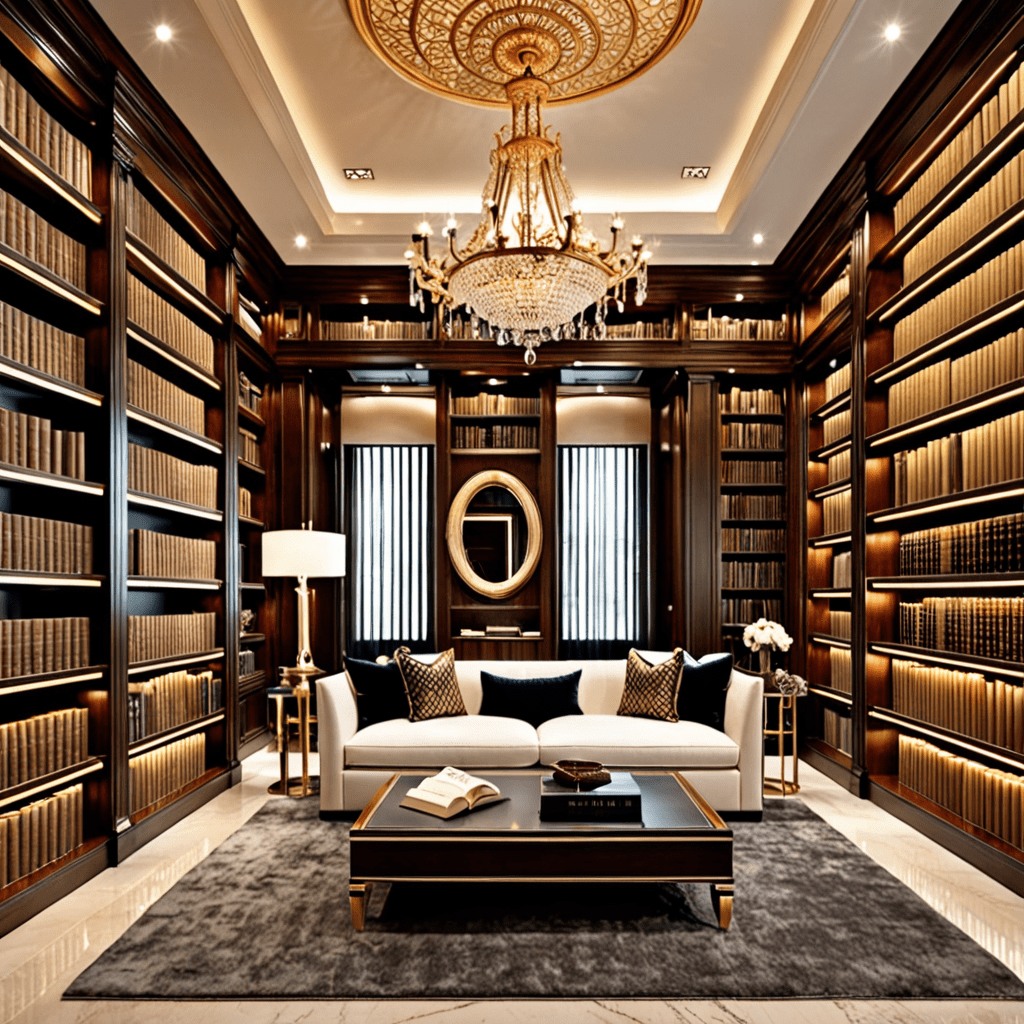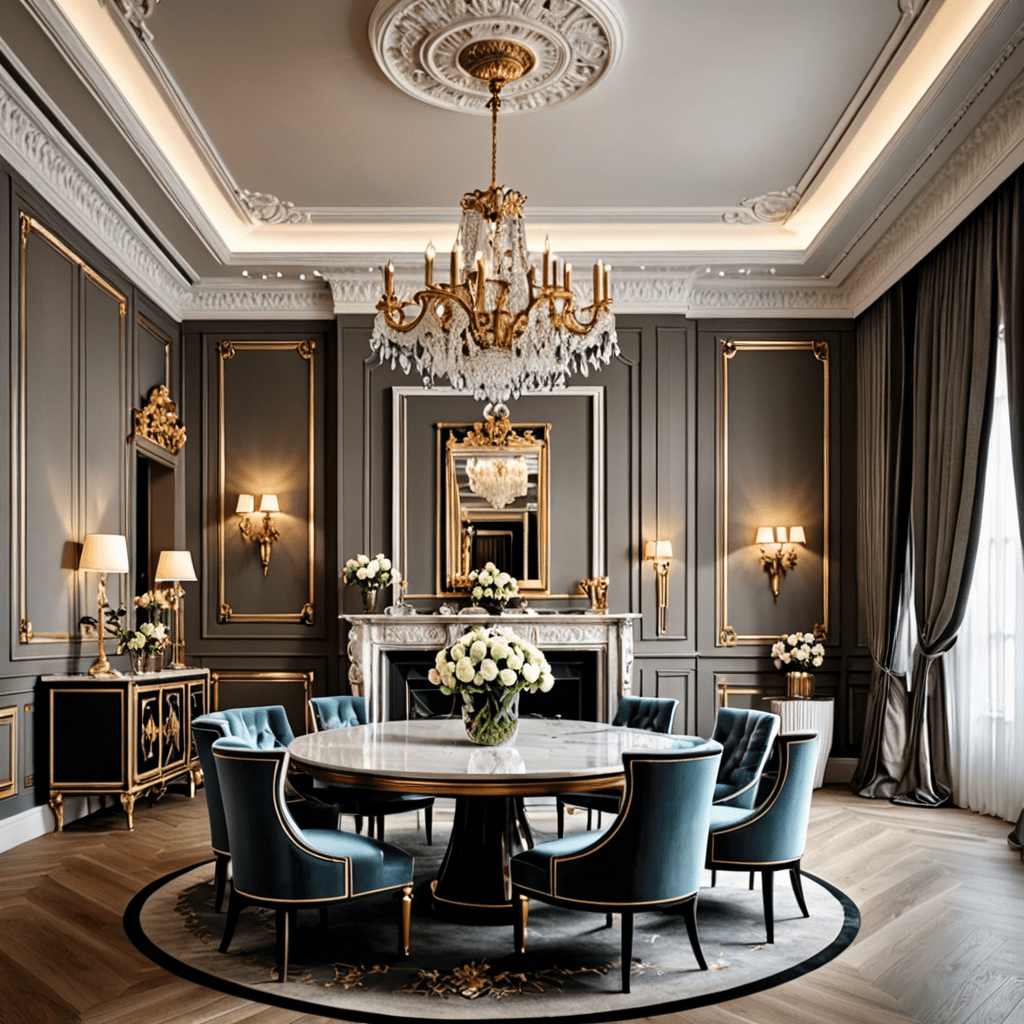The Future of Interior Design: 2030
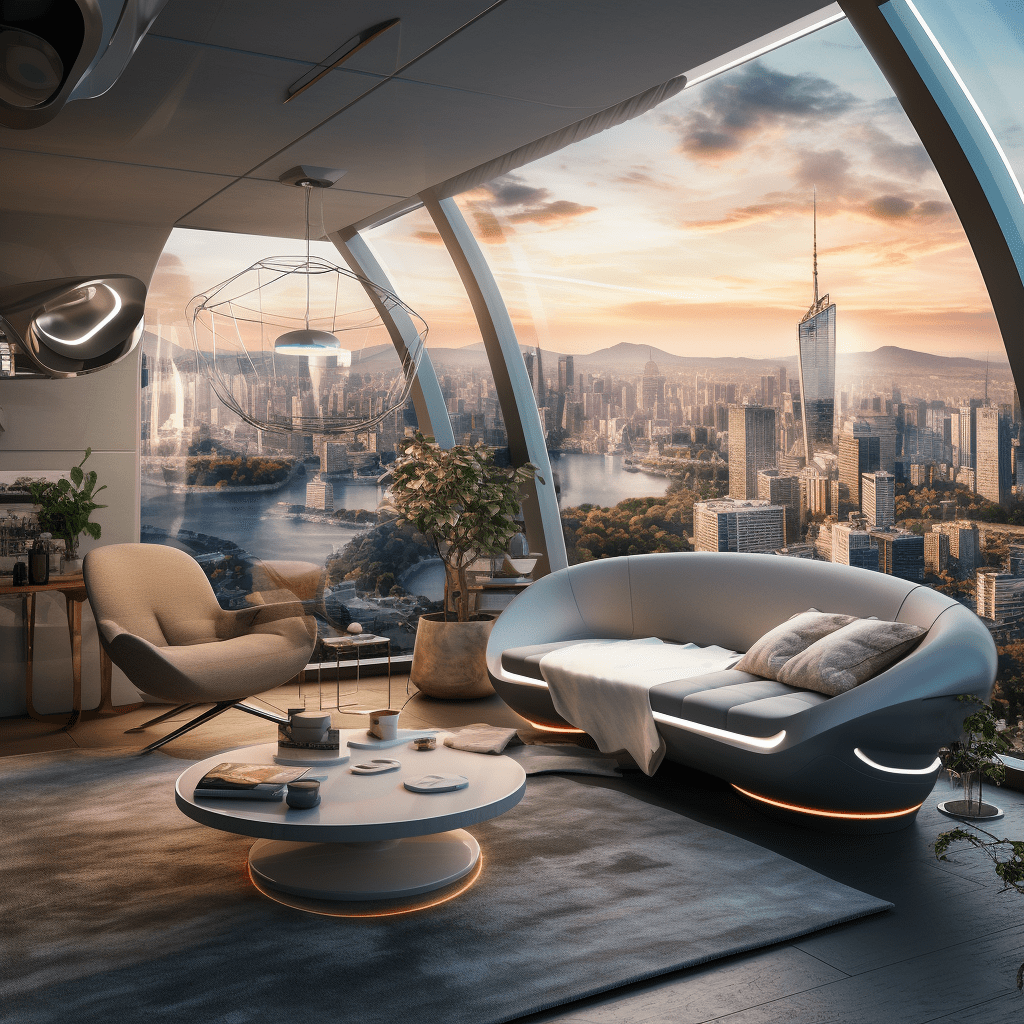

Title: Future Interior Design Trends 2030
In the ever-evolving world of interior design, trends come and go. As we approach the year 2030, we can anticipate a new wave of design concepts and styles that will shape the way we live and interact with our living spaces. From sustainability to technology integration, here are some future interior design trends to look out for in 2030.
1. Sustainable and Eco-friendly Design
Sustainability has become a central focus in many industries, and interior design is no exception. In 2030, we can expect to see a shift towards more sustainable and eco-friendly design practices. This includes the use of renewable materials, such as reclaimed wood and recycled plastics, as well as energy-efficient lighting and appliances. Designers will also prioritize natural lighting and incorporating indoor plants to promote a healthier indoor environment.
2. Tech Integration and Smart Homes
With the rapid advancement of technology, smart homes are becoming increasingly popular. In 2030, interior design will further embrace tech integration, creating homes that are not only stylish but also highly functional and convenient. We can expect to see more voice-activated controls, smart appliances, and integrated home security systems. Designers will focus on seamlessly incorporating technology into the aesthetics of the space, such as hidden charging stations and wireless charging pads.
3. Multifunctional and Flexible Spaces
As urbanization continues to rise, space optimization will become a key consideration in interior design. In 2030, we will see a rise in multifunctional and flexible spaces that adapt to our changing needs. Furniture and fixtures will be designed to be modular and customizable, allowing for easy transformation of a space from a home office to a dining area, for example. This trend will enable homeowners to make the most of their limited square footage and live more flexibly.
4. Biophilic Design and Wellness
In an increasingly digital world, the need for connection to nature and a focus on wellness will play a significant role in interior design in 2030. Biophilic design, which incorporates elements of nature into the built environment, will be popular. This could include features such as living walls, natural materials, and large windows offering views of green spaces. Designers will also prioritize creating spaces that promote mental and physical well-being, using color psychology, ergonomic furniture, and soundscaping techniques.
5. Minimalism and Decluttering
The minimalist trend that gained popularity in recent years will continue to influence interior design in 2030. With a focus on simplicity and decluttering, homes will be designed to feel calm and serene. Clean lines, neutral color palettes, and ample storage solutions will be key features. Designers will strive to create spaces that evoke a sense of tranquility and mindfulness, allowing residents to escape from the hustle and bustle of the outside world.
6. Personalized and Unique Design
In the age of mass production, uniqueness and personalization will be highly valued in interior design in 2030. Homeowners will seek out one-of-a-kind pieces and custom-made furniture to create spaces that reflect their individuality. Designers will collaborate with artisans and craftspeople to bring a sense of authenticity and handmade appeal into the home. This trend will result in a diverse range of design styles and aesthetics, allowing homeowners to express their personality and create spaces that truly feel like their own.
FAQ
Q: Will these trends be affordable for the average homeowner in 2030?
A: While some aspects of these future interior design trends may require a larger investment, such as incorporating smart home technology or custom-made furniture, it is expected that as these trends become more widespread, prices will become more accessible. Additionally, there will likely be a range of options available at various price points to cater to different budgets.
Q: Will these trends be relevant in both urban and rural settings?
A: Yes, these future interior design trends are applicable to both urban and rural settings. Whether you live in a compact apartment in a bustling city or a spacious countryside home, the concepts of sustainability, tech integration, multifunctionality, and personalization can be adapted to suit your specific environment and lifestyle.
Q: Can I incorporate these trends into my current home or will I need to start from scratch?
A: Many of these future interior design trends can be integrated into existing homes without the need for a complete overhaul. Simple changes, such as incorporating sustainable materials, decluttering and organizing, or adding plants and natural elements, can make a significant impact. However, for more extensive changes, such as tech integration or space optimization, you may need to work with a professional designer to find the best solutions for your specific space.
In conclusion, the future of interior design in 2030 promises sustainable and eco-friendly practices, tech integration, flexible spaces, wellness-focused design, minimalism, and personalization. These trends will shape our living spaces, making them more functional, aesthetically pleasing, and tailored to our unique needs and preferences. Whether you’re a homeowner or a design enthusiast, embracing these trends will help create spaces that are not only in line with current design sensibilities but also future-proofed for the years to come.

